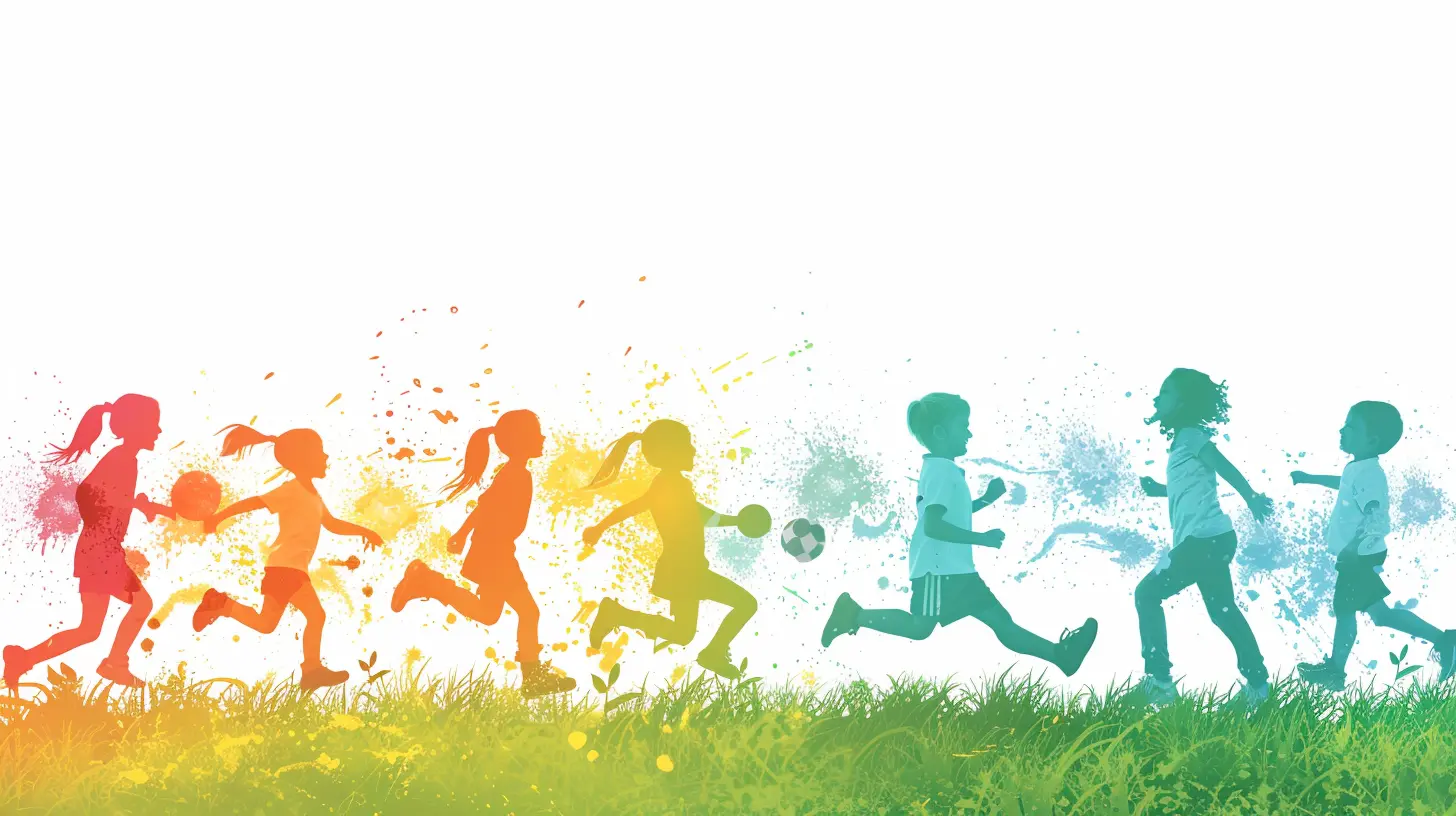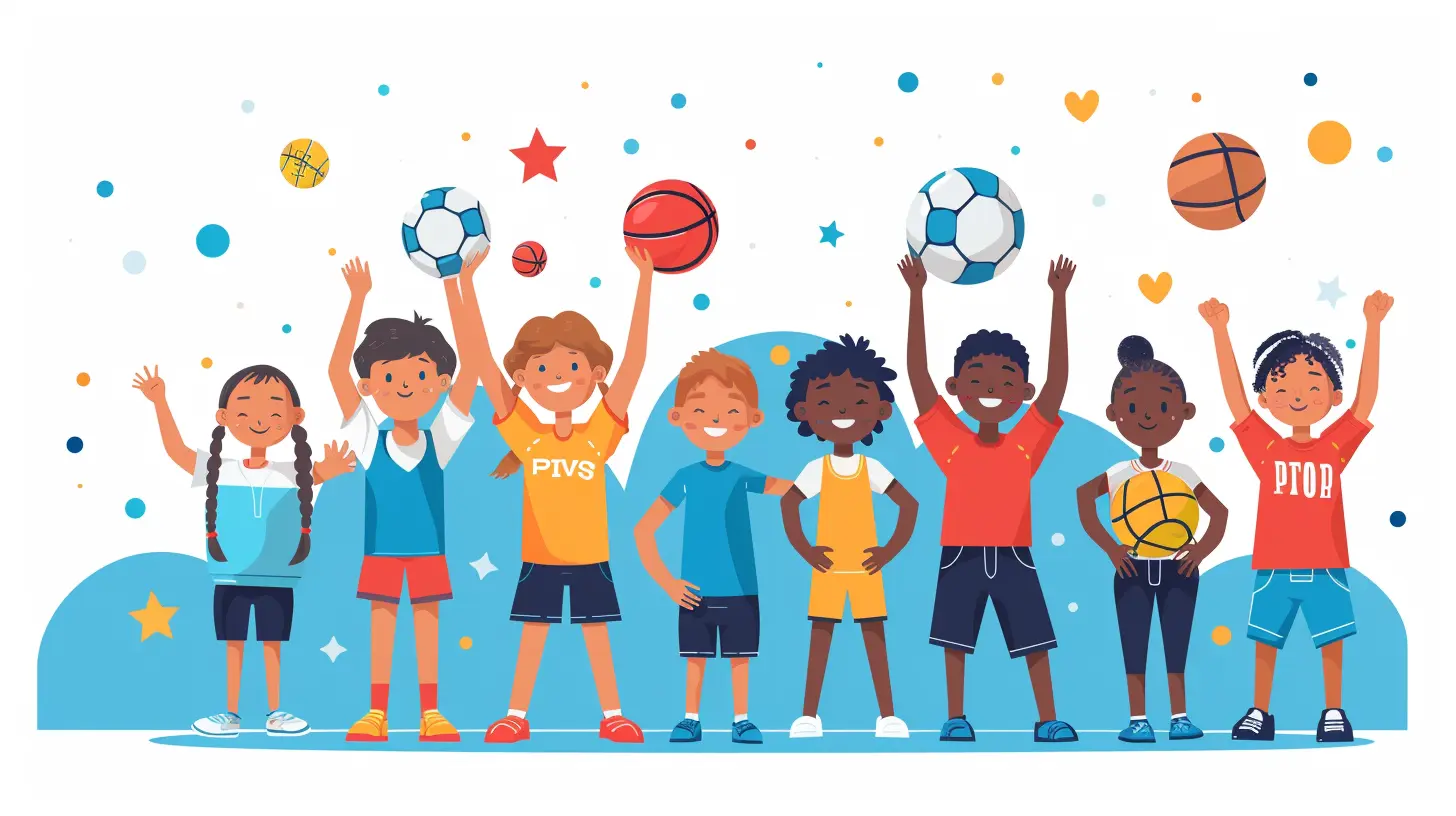The Role of Physical Education in Building Lifelong Healthy Habits
19 September 2025
When you think about school, what comes to mind? Probably math, science, history—maybe even lunch! But what about physical education (PE)? Often overlooked, PE plays a crucial role in shaping students' health, fitness, and overall well-being. And the best part? The habits formed in PE class can last a lifetime.
In this article, we'll dive deep into why physical education isn’t just about running laps or playing dodgeball—it’s a foundation for a lifetime of healthy habits.

The Importance of Physical Education in Schools
Many people underestimate how vital PE is in the school curriculum. Some may see it as just a break from academics, but in reality, it serves a much greater purpose.1. Encouraging an Active Lifestyle
Let’s face it—many kids today spend more time glued to screens than they do running around outside. Physical education helps combat this sedentary lifestyle by promoting regular movement. When children engage in physical activities at school, they’re more likely to stay active outside of school, too.Studies show that kids who participate in PE are more likely to continue exercising into adulthood. It’s like planting a seed—when you start young, it’s much easier to grow into an active, health-conscious adult.
2. Teaching Essential Motor Skills
Remember the first time you tried to throw a ball, ride a bike, or even jump rope? These skills don’t just appear out of nowhere—they’re learned and developed over time. Physical education helps children build essential motor skills that are important for coordination, balance, and body awareness.Without these skills, even simple activities like swimming, hiking, or playing sports can feel intimidating. PE provides the groundwork for mastering these movements and gaining confidence in physical abilities.
3. Improving Mental Health
Physical health and mental health go hand in hand. Exercise isn’t just about getting fit—it’s also a natural stress reliever. When kids engage in physical activity, their brains release endorphins (aka the "feel-good" hormones), which help reduce stress, anxiety, and depression.Think about how you feel after a good workout—refreshed, relaxed, and maybe even a little accomplished. That’s exactly what PE does for students. It gives them an outlet to release energy, clear their minds, and boost their overall emotional well-being.

The Long-Term Benefits of Physical Education
What happens when kids take the lessons learned in PE and apply them beyond the classroom? They develop habits that stick with them into adulthood. Here’s how:1. Reducing the Risk of Chronic Diseases
Regular physical activity lowers the risk of major health issues like obesity, heart disease, diabetes, and even some cancers. By making exercise a normal part of life from a young age, students are more likely to maintain a healthy weight and overall strong body composition.Skipping PE might not seem like a big deal now, but years down the line, those who stay active will have stronger hearts, healthier bones, and improved immunity.
2. Building Healthy Social Skills
PE isn’t just about exercise—it’s also about teamwork, communication, and problem-solving. Whether it’s a game of soccer, relay races, or group exercises, students learn how to work together, support each other, and respect different skill levels.These social skills extend far beyond physical activity. Working well with others, being a team player, and handling challenges gracefully are skills that will serve them in school, work, and personal relationships for the rest of their lives.
3. Developing Self-Discipline and Goal Setting
Think about the effort it takes to run a mile, improve your push-ups, or perfect your basketball shot. PE teaches students how to set goals, work towards them, and push through challenges.These lessons go beyond fitness. Learning to set personal goals and stay disciplined helps with academics, career growth, and overall personal development.

How Physical Education Encourages Healthy Habits for Life
The ultimate goal of PE isn’t just to get kids moving during school—it’s to inspire them to lead an active lifestyle forever. But how does that happen?1. Making Exercise Fun
Nobody likes forcing themselves to work out, right? PE introduces kids to a variety of physical activities, ensuring there’s something for everyone. Whether it's dance, yoga, basketball, or even simple stretching exercises, students get the chance to find activities they actually enjoy.When exercise feels like play rather than a chore, they’re more likely to continue doing it on their own.
2. Educating About Healthy Choices
Physical education goes beyond just movement; it also teaches students about the importance of healthy choices. From proper nutrition and hydration to the impact of sleep and stress management, PE provides a well-rounded approach to wellness.By understanding how these factors influence their bodies, students can make informed decisions that benefit their long-term health.
3. Encouraging Family and Community Involvement
Healthy habits don’t just form in the classroom—they grow in homes and communities, too. PE often encourages family participation through events like fun runs, fitness challenges, and community sports programs.When kids see their families valuing exercise and wellness, they’re more likely to embrace those habits themselves.

Overcoming Barriers to Physical Education
Despite the many benefits of PE, it’s not always prioritized in schools. Budget cuts, lack of resources, and an increased focus on academic performance sometimes push physical education to the bottom of the list.So, what can be done?
1. Making PE a Core Academic Subject
Physical education should be treated just as seriously as math and science. Schools should ensure that PE is a mandatory, well-structured part of the curriculum rather than an afterthought.2. Encouraging Active Breaks Throughout the Day
Even if structured PE classes are limited, schools can integrate short activity breaks during the day. Simple stretches, short walks, or quick games in the classroom can help keep students engaged and energized.3. Providing Resources for At-Home Physical Activity
Schools can encourage students and parents to stay active at home by sharing accessible exercises, virtual workouts, or family-friendly physical activities.Final Thoughts
Physical education isn’t just another class—it’s a gateway to a lifetime of healthy habits. By introducing students to the importance of movement, teamwork, discipline, and overall wellness, PE sets the foundation for a healthier future.So, the next time you hear someone say PE isn’t important, remind them: it’s not just about gym class—it’s about shaping lifelong well-being.
all images in this post were generated using AI tools
Category:
Physical EducationAuthor:

Monica O`Neal
Discussion
rate this article
1 comments
Arwenia Franklin
This article beautifully highlights the importance of physical education in shaping lasting healthy lifestyle choices. Thank you!
September 19, 2025 at 3:30 AM

Monica O`Neal
Thank you for your kind words! I'm glad you found the article valuable in highlighting physical education's impact on healthy habits.


